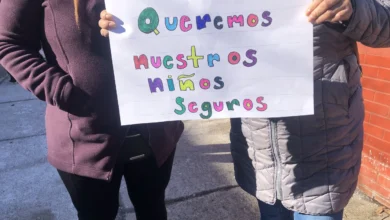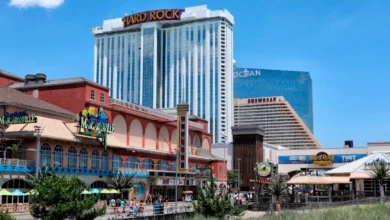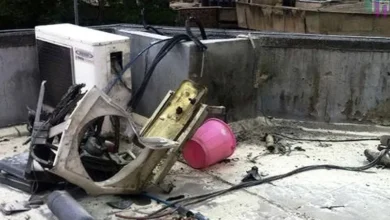Is Phoenix Arizona Safe? A Complete Guide for Residents and Visitors
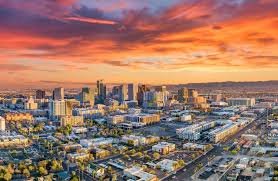
Phoenix, Arizona—the Valley of the Sun—is known for its stunning desert landscapes, vibrant culture, and booming population growth. With year-round sunshine and a mix of urban energy and southwestern charm, it’s no wonder people are drawn to the city. But if you’re planning to move, visit, or even invest in Phoenix, one question probably sits at the top of your list: Is Phoenix Arizona safe?
Like any major U.S. city, Phoenix has its share of safety concerns, but the answer isn’t as simple as “yes” or “no.” The truth lies in looking at crime statistics, understanding neighborhood dynamics, and knowing how to navigate the city wisely. Let’s break it all down.
1. Phoenix’s Rapid Growth and Its Effect on Safety
Phoenix has exploded in popularity over the past few decades, becoming the fifth-largest city in the United States. Its economy is fueled by industries like healthcare, technology, real estate, and tourism, which attract thousands of new residents every year. With such growth, however, comes challenges—particularly around safety and infrastructure.
Rapid population increases can strain public services, including law enforcement. While Phoenix police have worked hard to adapt, the sheer size of the city makes it difficult to monitor every neighborhood equally. This can lead to uneven safety experiences depending on where you are in the city.
On the other hand, growth has also brought prosperity. Many parts of Phoenix are thriving with safe, family-friendly communities, new developments, and bustling job markets. The contrast between high-crime areas and well-protected suburban zones highlights how varied safety in Phoenix really is.
2. Breaking Down Phoenix Crime Rates
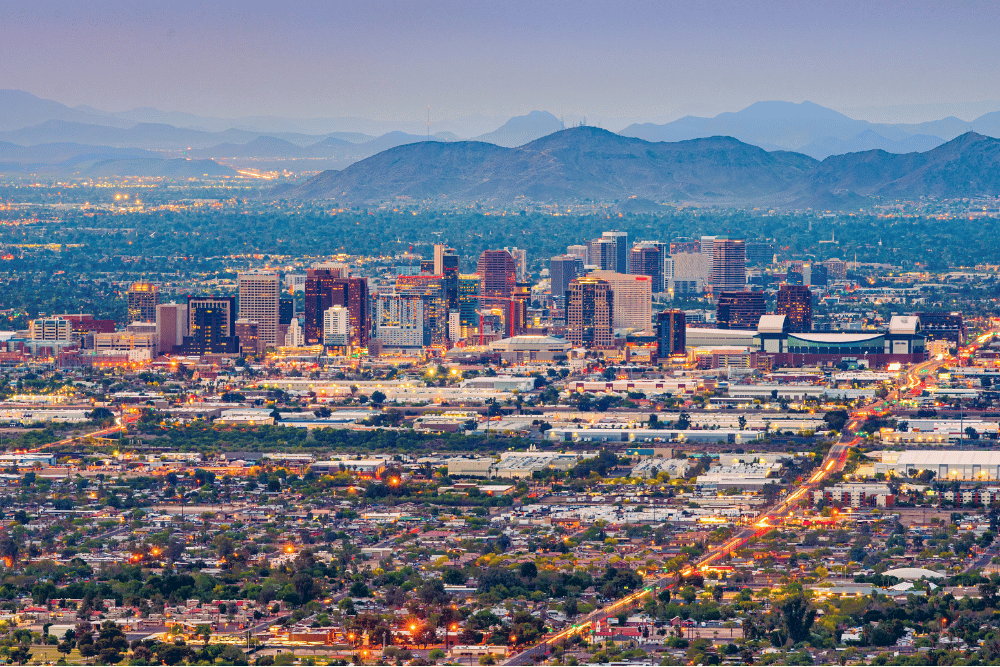
When asking “Is Phoenix Arizona safe?”, crime statistics are usually the first place people look. Phoenix does experience higher-than-average crime rates compared to the national average. However, it’s important to put these numbers into context.
Violent crime—such as assault, robbery, and, in some cases, homicide—does exist in Phoenix, but it tends to be concentrated in specific neighborhoods. These areas usually struggle with poverty and socioeconomic challenges, which are common contributing factors in large cities. The majority of Phoenix residents, however, live in relatively safe communities where violent crime is rare.
Property crime is far more common than violent crime in Phoenix. Car theft, home burglaries, and petty thefts account for a large percentage of reported incidents. For everyday residents and tourists, this usually means taking simple precautions like locking your vehicle, avoiding leaving valuables in plain sight, and being aware of your surroundings.
3. Safe Neighborhoods in Phoenix
One of the reassuring aspects of Phoenix is that many of its neighborhoods are widely regarded as safe and desirable. Suburban areas such as Arcadia, Ahwatukee Foothills, Desert View, and Paradise Valley consistently rank high in safety and quality of life. These communities are filled with good schools, parks, and family-friendly environments that attract long-term residents.
Central Phoenix, with its mix of historic districts and trendy urban areas, offers plenty of safe spots as well, though like most downtown cores, it requires more awareness at night. Areas like Biltmore and North Central Phoenix are particularly popular for their balance of urban amenities and relative security.
For newcomers, it’s helpful to remember that Phoenix is geographically massive. The city covers more than 500 square miles, so crime tends to be pocketed in specific areas rather than spread evenly throughout. Researching neighborhoods before moving can make all the difference in finding a safe, welcoming home.
4. Visitor Safety: What Tourists Need to Know
Tourists often ask, “Is Phoenix safe for visitors?” The answer is generally yes. Phoenix attracts millions of visitors each year, many of whom come for conferences, spring training baseball, outdoor adventures, and cultural events. Most popular tourist areas, such as Downtown Phoenix, Scottsdale (technically its own city but part of the metro area), and Tempe, are well-patrolled and considered safe.
The biggest risks for visitors are usually not crime-related but environmental. Phoenix is known for its extreme heat, especially in the summer months when temperatures can soar well above 110°F (43°C). Heat exhaustion and dehydration pose real dangers, so staying hydrated and avoiding outdoor activity during peak heat hours are crucial safety measures.
That said, tourists should still use common-sense city precautions. Avoid wandering into poorly lit areas late at night, don’t flash valuables, and use reliable transportation options like rideshares or hotel shuttles. With these simple practices, most visitors find Phoenix to be a secure and enjoyable destination.
5. Phoenix’s Efforts to Improve Safety
The City of Phoenix and its Police Department have made safety a priority by implementing both traditional and innovative strategies. Community policing initiatives have been expanded, aiming to build trust between residents and law enforcement. Programs focused on youth engagement, education, and crime prevention have also made a significant impact in reducing certain types of crime.
Technology plays a growing role in Phoenix’s safety approach. Surveillance cameras, data-driven crime mapping, and increased cooperation between city departments help law enforcement respond more effectively. Many neighborhoods have also adopted community watch programs, which empower residents to take an active role in maintaining safety.
Additionally, city officials have worked on urban development projects that contribute indirectly to safety. Well-lit streets, revitalized downtown spaces, and investments in public parks all create environments that discourage crime and foster community well-being. These efforts show that Phoenix isn’t ignoring its challenges—it’s actively working to address them.
6. Comparing Phoenix to Other Major Cities
To really understand safety in Phoenix, it helps to compare it with other major U.S. cities. When measured against places like Los Angeles, Chicago, or Houston, Phoenix tends to fall somewhere in the middle. It doesn’t have crime rates as high as some larger cities, but it’s not as low as mid-sized urban areas or suburban towns.
For residents moving from cities like New York or Los Angeles, Phoenix may feel calmer and less threatening. However, those coming from small towns may find the city’s crime rates a bit intimidating. The key is perspective—Phoenix is a huge city, and like all large urban areas, it has both safe neighborhoods and spots where extra caution is needed.
The encouraging part is that Phoenix’s overall quality of life—warm climate, economic opportunities, and cultural diversity—balances out many of its safety concerns. Most residents adapt quickly and find that their daily experiences are safe and rewarding.
Conclusion: So, Is Phoenix, Arizona Safe?
So, is Phoenix Arizona safe? The answer is yes—for the most part. Like any major city, it has its challenges, but it also has countless safe neighborhoods, active community involvement, and city-led efforts aimed at keeping residents and visitors protected.
The majority of people who live in Phoenix report feeling secure in their communities, especially when they take standard precautions like locking doors and staying aware in busy areas. Tourists generally find Phoenix safe as well, with the biggest hazard often being the desert heat rather than crime.
Phoenix continues to grow, and with that growth comes both opportunities and hurdles. But overall, the Valley of the Sun offers a safe and vibrant lifestyle for those who call it home and an exciting, secure destination for those who visit. With awareness and common sense, Phoenix can be just as safe—or safer—than many other large American cities.
